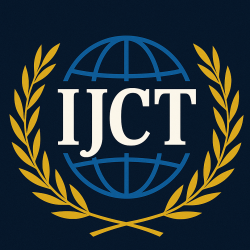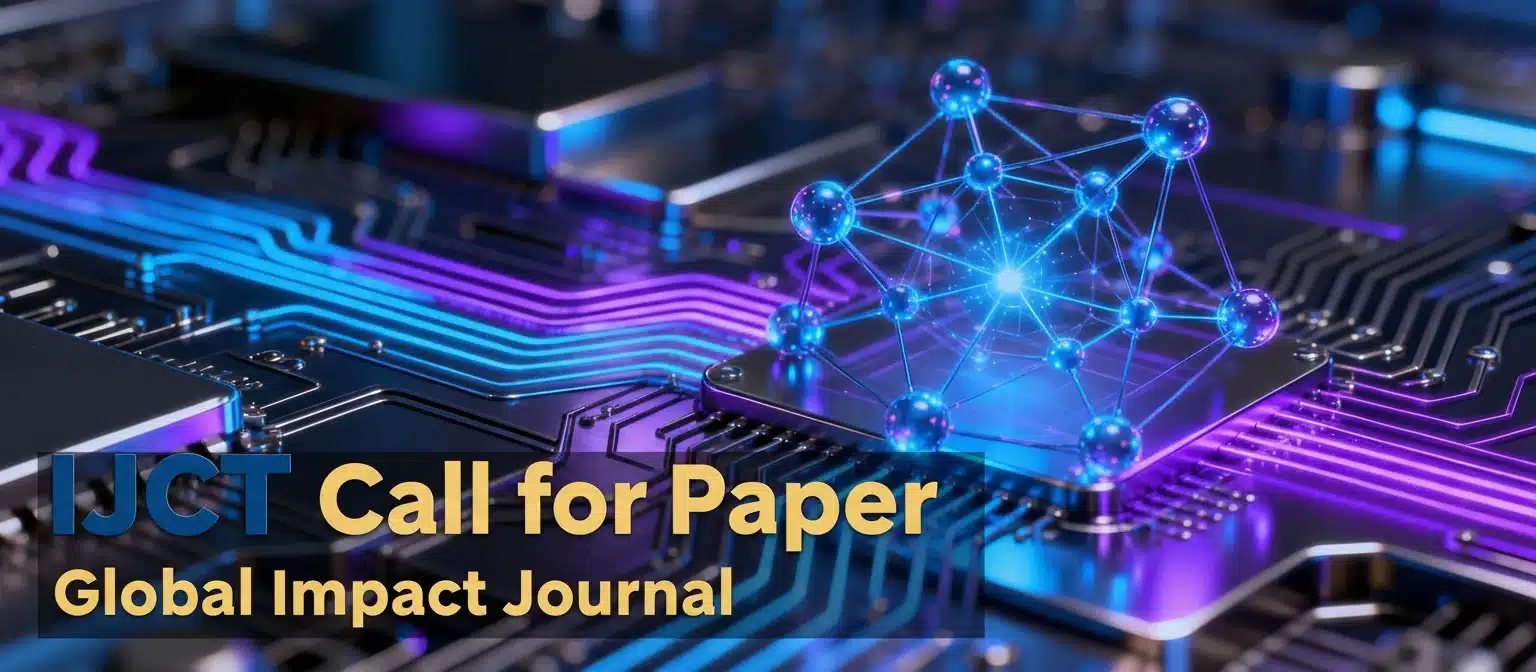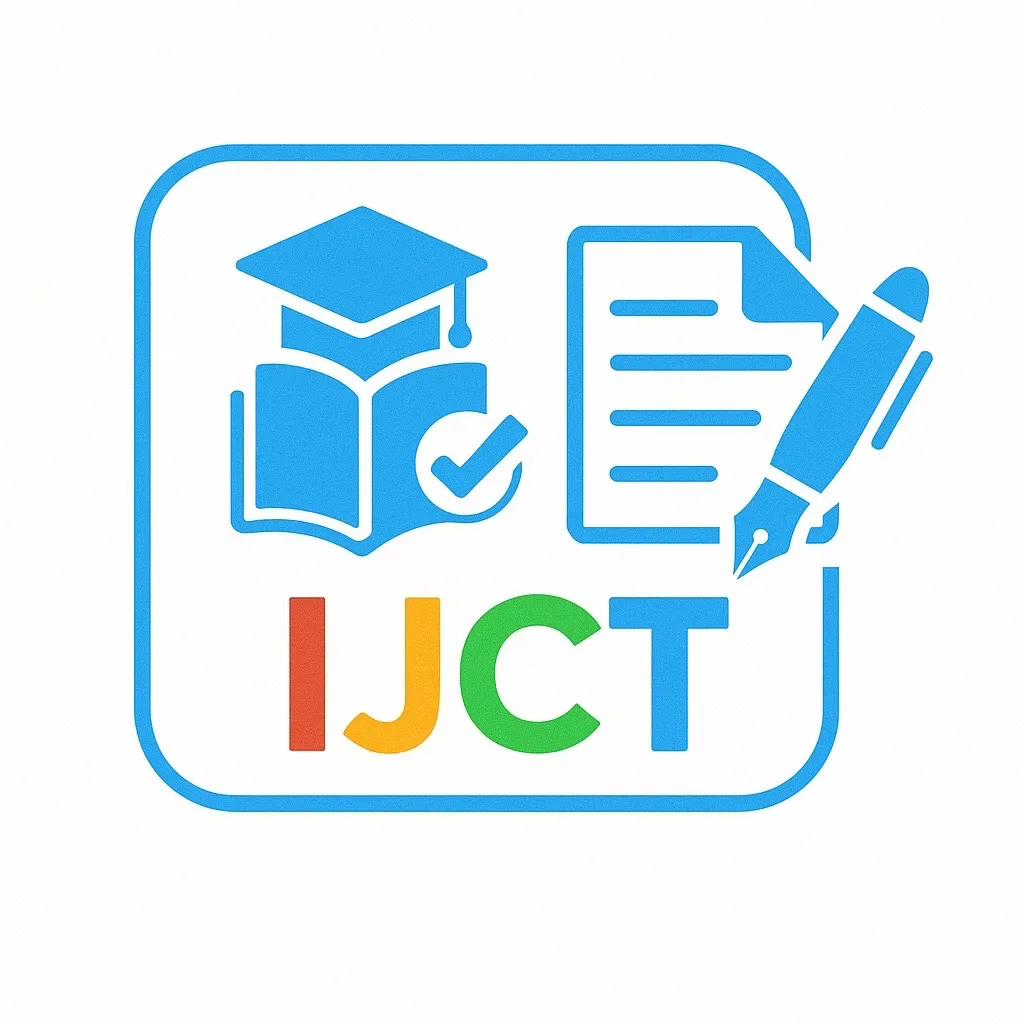
Multi-Agent LLM System for End-to-End Voice of Customer (VOC) Analysis

International Journal of Computer Techniques
ISSN 2394-2231
Volume 12, Issue 5 | Published: September – October 2025
Author
{{Akshay Krishna , Sagarika Prusty}}
Table of Contents
ToggleAbstract
{{Abstract:Voice of the Customer (VOC) programs are critical in shaping customer experience management, yet traditional methods are slow, siloed, and limited in depth. While large language models (LLMs) offer promise in synthesizing customer feedback, single-agent systems fall short in delivering actionable insights. This research proposes a multi-agent LLM framework that structures VOC analysis into specialized layers: synthesis, trend detection, root cause analysis, recommendation, and monitoring. A proof-of-concept using anonymized VOC data demonstrates the potential of this framework to improve scalability, accountability, and root-cause driven insights at a significantly lower operationalization cost. Contributions include (1) an architecture tailored for end-to-end VOC workflows, and (2) demonstration of its application in enterprise contexts.}}
Keywords
{{Keywords — Voice of Customer (VOC), LLM, Multi-agent , Root Cause Analysis, Customer Insights}}Conclusion
{{Conclusions. This research introduced a multi-agent LLM system for end-to-end VOC analysis, demonstrating its ability to address scalability, depth, and accountability limitations of current approaches. While the framework shows promise, limitations include reliance on anonymized proof-of-concept data, potential model biases, and the need for real-time enterprise integration. Future work should extend evaluation to business impact metrics, explore hybrid reasoning strategies, and refine governance mechanisms.}}
References
{{REFERENCES 1.Guo, T., Chen, X., Wang, Y., Chang, R., Pei, S., Chawla, N. V., Wiest, O., & Zhang, X. (2024). Large Language Model based Multi-Agents: A Survey of Progress and Challenges (arXiv:2402.01680v2)
2.Junyu Luo et.al (2025, March 27). Large Language Model Agent: A Survey on Methodology, Applications and Challenges (arXiv:2503.21460v1)
3.Xu, Z., Cruz, M. J., Guevara, M., Wang, T., Deshpande, M., Wang, X., & Li, Z. (2024). Retrieval-Augmented Generation with Knowledge Graphs for Customer Service Question Answering (arXiv:2404.17723v2)
4.Lyu, X. (2025, May 25). LLMs for multi-agent cooperation. Xueguang Lyu
5.Li, X., Wang, S., Zeng, S., Wu, Y., & Yang, Y. (2024). A survey on LLM-based multi-agent systems: workflow, infrastructure, and challenges. Vicinagearth, 1, Article 9.
6.Brown, T. B. et. al (2020). Language models are few-shot learners (arXiv:2005.14165v4)
7.Giabelli, A., Malandri, L., Mercorio, F., & Mezzanzanica, M. (2022). WETA: Automatic taxonomy alignment via word embeddings. Computers in Industry, 138, 103626
Malik, M., Abbeel, P., & Levine, S. (2019). Calibrated model-based deep reinforcement learning. In Proceedings of the 36th International Conference on Machine Learning (ICML), 97, 4252–4261. }}
IJCT Important Links
© 2025 International Journal of Computer Techniques (IJCT).
Tag Fast Publication IJCT











